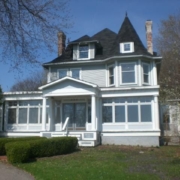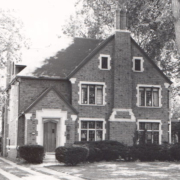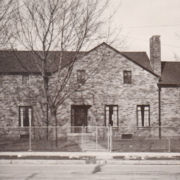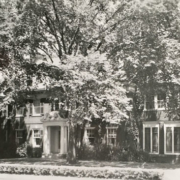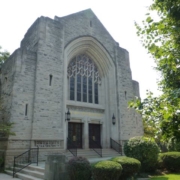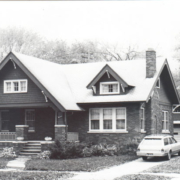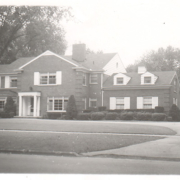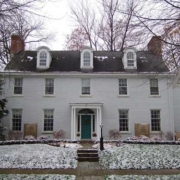Historical Architecture of Grosse Pointe – Lakeshore and the ‘turn of the century’ summer cottages.
At the end of the nineteenth century Grosse Pointe was a vastly different scene to the community we live in today. In 1889 Grosse Pointe Village had recently expanded and was part of Grosse Pointe Township, residents living close to the shoreline of Lake St. Clair were starting to express a desire to establish a separate community from the Village. In 1893 the residents got their wish and Grosse Pointe Farms became a separate community, its boundaries stretched from Fisher Road to Weir Lane and from Lake St. Clair to Grosse Pointe Boulevard.
Lakeshore was originally an early Indian trail, and later became a well-traveled route along the lake. In 1851 the road became known as Jefferson Avenue, and in 1915, the section of Jefferson Avenue located in Grosse Pointe was officially named Lakeshore Rd.
Land was at a premium and in the mid-late 19th century the area was becoming a ‘hotspot’ for wealthy Detroit businessman to build large summer cottages for their families. Many of the new constructions were typical of the Gothic Revival and Queen Anne architectural styles of that period. Given this was where the families would be spending their summers the majority of the properties were set in picturesque settings with well manicured lawns and elegant flower gardens.
Few of the original buildings remain, however there are still some stunning examples of ‘turn of the century’ summer cottages that can be found next to the lake. Several of these homes were constructed before 1900, including:
365 Lakeshore
This home is a turn of the century eclectic house with Victorian, Queen Anne, and classical revival elements. It is one of the few remaining buildings, which reflect the character of the ‘cottages’ that once lined Lakeshore.
It is believed the house was constructed around 1896, although it is not clear who the architect was. John Wynn, a Detroit attorney, was the original owner, having acquired the land from his client, Theodore P. Hall.
Having been sold numerous times throughout its history the 3,053 sqft Wooden Frame house was last sold in 2009.

301 Lakeshore, aka Carl E. and Alice Chandler Schmidt House.
Built in 1904, the 7,300 sq ft home is one of the oldest surviving summer cottages in the community, which has retained views of Lake St. Clair along with part of the original grounds. The 111 year old home has only changed hands twice in its history. When the property first changed hands in the 1920’s it was converted from a summer residence into a year-round home and underwent a complete renovation.
625 Lakeshore – The Harry Mulford Jewett House
Walter MacFarlane built this Colonial Revival house in 1909 for use as a summer cottage.
71 Lakeshore – ‘The Poplars’
This classic Victorian Queen Anne summer home was built for Detroit merchant William A. McGraw in 1884.
207 Lakeshore
The Strathearn Hendrie House, displays classic turn of the century ‘summer cottage’ architectural details.
755 Lakeshore
Joseph Harris completed this white clapboard farmhouse around 1880 for his wife, Catherine Vernier Harris. This was originally a Queen Anne Style home, and although it has been greatly altered over the years part of the original home still remains today.
The following images are other examples of Queen Anne style homes that were found around Grosse Pointe at the turn of the Century.
Sadly, due to the paving of Lakeshore for the growing ownership of automobiles and the desire for many Detroit’s wealthy residents to move out of the city, Grosse Pointe Farms quickly transitioned from a summer colony to a year-round residential community. The summer cottages were demolished which made way for large mansions and their formal landscaped gardens.
Thankfully we can still enjoy some of the original constructions and you can click here to view the map of the Grosse Pointe Historical Society’s Lakeshore tour.
Written by Katie Doelle
Copyright © 2015 Katie Doelle

